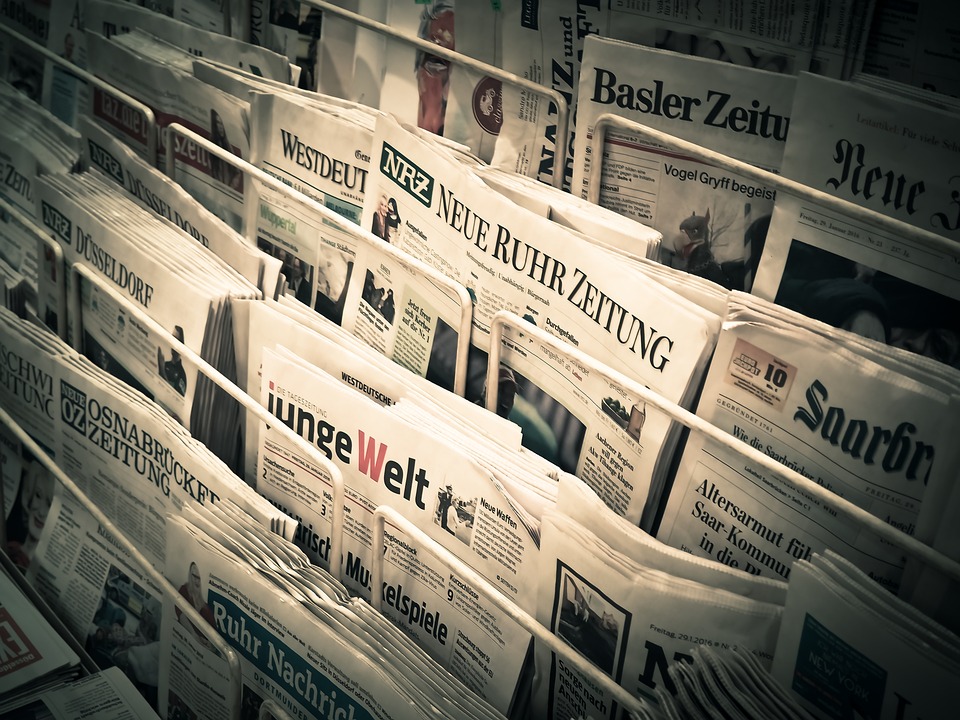Your browser does not support this video format.
ST. PETERSBURG, July 11 Russian President Vladimir Putin visited the Oranienbaum palace and park complex near Peterhof.
The President was met by the Minister of Culture Olga Lyubimova, the head of Gazprom Alexey Miller and the Governor of St. Petersburg Alexander Beglov, after which they, with the exception of Beglov, accompanied Putin during excursion conducted by the General Director of the Peterhof State Museum-Reserve Roman Kovrikov.
Your browser does not support this video format.
< br>The excursion began with a visit to the Rolling Hill pavilion. The President was shown a reproduction of the restored slide, which is actually the prototype of a modern bobsleigh track. Wheelchairs were used only for riding on it.
During the inspection, Miller told the president about the incident that occurred with Empress Catherine II while riding on the slide. According to legend, the carriage she was in came off the skids, but Count Orlov managed, with great effort, to stop it.
In the pavilion, the President visited the pantry and kitchen, where dishes prepared in the Grand Palace were heated, the round hall where guests dined, and the porcelain living room. The tour continued at the Chinese Palace. Its restoration lasted 20 years, but today all 15 halls of the men's and women's parts of the building are open.
The men's half of the palace also consists of a dressing room, a bedchamber, a living room, and a hall of muses. The pearl of the palace is the glass bead cabinet. According to the workers of the complex, there are only three such offices in the world; the walls in them were embroidered by hand, but the largest room is located in St. Petersburg in Oranienbaum. The male and female parts of the Chinese Palace are united by a large hall. In the women's part there is a plaster room, a Chinese room, a Chinese gallery, a Chinese bedchamber, a portrait room and Catherine the Second's office.
The complex is located on the territory of the city of Lomonosov. Part of the ensemble is the Rolling Hill Pavilion, which opened in June 2022 after restoration. This is the only surviving monument of such entertainment structures from the 18th century in Russia.
The structure was erected in the second half of the 18th century according to the design of the architect Antonio Rinaldi for Catherine II. The summer ski hill and covered colonnade galleries gradually collapsed and by the middle of the 19th century, only the pavilion remained of the entire complex.
Its ceremonial interiors retained both the general artistic design and the original decoration.
The pearl of the pavilion is considered to be the Porcelain Cabinet, where the historical group “War Elephant II” returned after restoration. The elephant was stolen during the revolution; only the trunk, part of the leg, driver and stand were preserved in the museum's collections. However, the lost parts were found, the group was restored and returned to its historical place more than a century later.
After restoration work, for the first time in the history of the pavilion, exhibitions of the “kitchens” of the first floor and the ground floor with fully exposed historical masonry from the XVIII century were also demonstrated century.
The Chinese Palace, also built by the architect Rinaldi in the second half of the 18th century, also became part of Oranienbaum. It was part of the grandiose palace and park complex “Own Dacha” of Empress Catherine II. The name of the palace is associated with the decorative design of several interiors, made in the «chinoiserie» style — its characteristic feature was the imitation of Chinese art. The external appearance of the palace has undergone some changes since then, but the interior decoration has largely been preserved since the 18th century.
The Chinese palace, which became a museum in 1922, was restored in the post-war years. However, the restorers were unable to solve the main problem of the monument, related to the climatic condition, at that time. The lack of so-called “preservation” heating in winter adversely affected the safety of the interior decoration. A phased restoration of the 17 main interior halls of the palace was carried out from 2009 to 2024. A temperature and humidity control system was developed, which made it possible to change unfavorable conditions.


